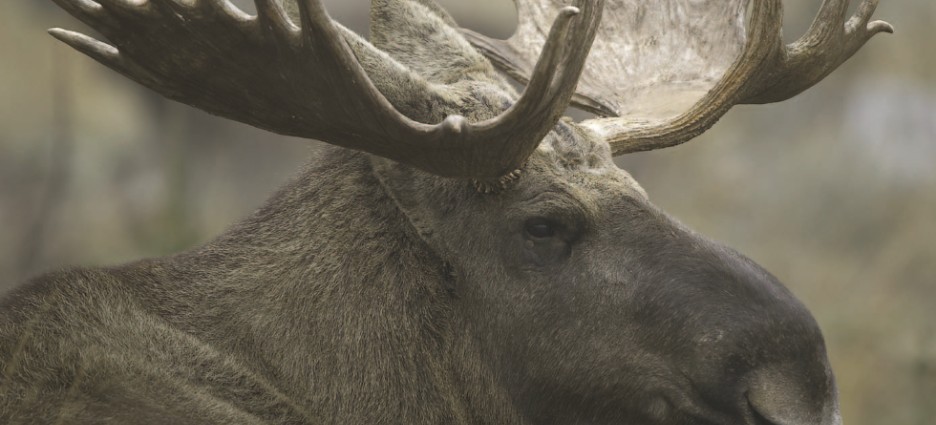
Wildlife-watching tours are a great way to add value and interest to a short break away. Matthew Teller hunts down some giants of the Swedish forest.
About two and a half hours’ drive out of Stockholm, hidden away down a long country road that rolls northwards through the great forests of central Sweden, you’ll come to the small, traditionally-minded town of Skinnskatteberg. (Say it, if you can, “whinn-scotta-bear-yuh”: nobody would ever claim that Swedish is easy…)
The name, meaning “pelt tax mountain” and referring – so some locals say – to a medieval system of taxation on animal skins, hints at the frontier mindset that permeates this outdoorsy place.
But while the old industries of timber and mineral-mining remain strong, newfangled ecotourism is having an impact, largely thanks to local nature guide Marcus Eldh who has set up a wilderness excursion company to bring visitors closer to wolves, bears, lynx, beavers, birds – and moose.
I joined a small-group tour led by Marcus for an evening of moose-watching, out in the forest.
But first, we had to work out what we were looking for. The animal known in Swedish as älg, and in Norwegian or Danish as elg, is formally an elk in English (Latin name Alces alces).
So when early English explorers to the New World spotted a large, deer-like mammal roaming the forest, they guessed it was similar to the European animal and called it an elk.
In truth, though, what they saw was Cervus canadensis – a completely different beast. Nonetheless, the name stuck.
Then, to confuse matters further, when they did see Alces alces lumbering around, they called it ‘moose’, after a local Native American word. This filtered back into mainstream English usage, so for the last 400 years elk (the European variety) have been commonly known to us as moose.
Marcus was explaining all this while driving on gravel tracks between the pines to our viewing spot, shaking his head and laughing. The upshot, he giggled, is that the English word ‘elk’ refers to two different animals depending on where you’re from, whereas ‘moose’ can only mean the big, snub-snouted critter that roams the outskirts of Skinnskatteberg.
“Which is why we don’t call them ‘elk-watching tours’ – see?” he finished up, slapping the dashboard in mirth.
Clear as a puddle of Swedish mud.
Our tour started with late-afternoon fish soup and homemade cinnamon buns around a campfire in the woods outside Skinnskatteberg, before we set off in the hours before sunset for a silent walk between aspens, birch and Scots pine.
Within a couple of weeks, Sweden’s moose-hunting season would open, a tumultuous time when tens of thousands of gun-toting hopefuls swamp the forests, despatching 100,000 moose each year out of a total population of around 350,000. (By contrast, wolves kill around 5,000 moose – the same number as are mown down by drivers on unfenced country roads.)
Even nature-lover and conservationist Marcus hunts, he told us – but not for sport.
“I’m vegetarian,” he said, “but my clients aren’t. If we’re going to serve meat, isn’t it better to serve wild meat from local moose than farmed beef from a cow fed on Brazilian soya?”
He has a point.
For now, though, everything was still. As we emerged into a clearing beside a spruce barn painted in traditional Falu red paint, Marcus pointed silently. There, across the grass, stood a moose with legs like trunks of silver birch. These giants can grow two and a half metres (8ft) to the neck, and three metres (10ft) from nose to back foot. This one was only half-grown – but he was there with his mum, who was gazing our way.
“She’s waiting to see who we are,” whispered Marcus.
For several minutes, Alces alces and Homo sapiens goggled at each other, then the bigger animal withdrew, turning to lope back in amongst the trees with her offspring.
It was only the first of more than a dozen moose encounters that evening – but it was the best.
Matthew Teller is a freelance journalist and travel writer. He blogs at QuiteAlone.com and tweets @matthewteller.
Moose-watching tours can be arranged with Sunvil. See our site for more details.




